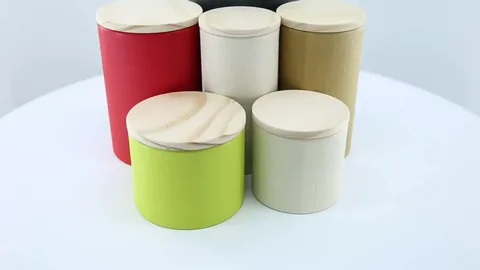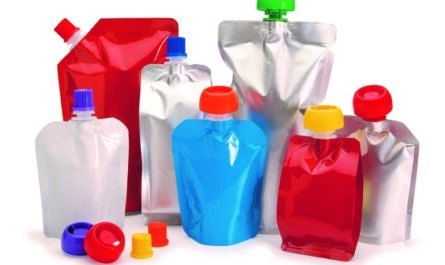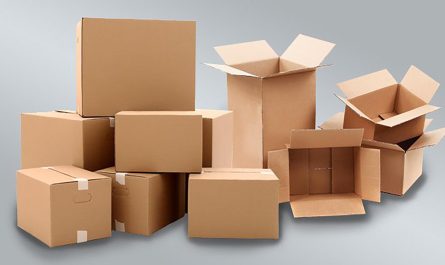Evolution
Tube packaging has come a long way since its inception in the late 19th century. What started as a simple paper container to hold and ship products like oils, pastes and creams has evolved into a sophisticated packaging solution used across multiple industries. Some key developments in tube packaging over the years include:
– Introduction of laminate tubes in the 1930s that offered better barrier properties and could hold products for longer durations. Aluminum foil was one of the first laminate materials used between paper layers.
– Development of specialized printing and coating technologies in the 1950s-60s that allowed customization of Tube Packaging designs with vibrant graphics and textures. This boosted brand visibility and appeal of products in tubes.
– Shift to plastic tubes made of LDPE, LLDPE and aluminum in the 1970s-80s boosted moisture and gas barrier. This paved the way for tubes to package wide range of food products.
– Innovation of ergonomic crimp and twist closure mechanisms in the 1990s that provided easy, mess-free dispensing of creams and liquids from tubes.
– Access to digital printing and metallization in the 2000s that gives tubed products stunning, photo-realistic designs and premium appeal.
Potential of Tube Packaging
Tube packaging has emerged as one of the most innovative and sustainable forms of packaging. Some key advantages that have fueled its widespread use include:
– Cost Effectiveness: Tube production involves lower material usage compared to rigid containers. They also allow greater stacking and transportation efficiency.
– Minimum Wastage: Tubes ensure nearly every last bit of product is dispensed, unlike jars or bottles where a certain amount always remains. They provide excellent value for money.
– Premium Image: Advances in printing and lamination give tubes a polished, luxurious look that enhances brand perception. They build an aura of quality around shelf items.
– Environment Friendly: Tubes have a much lower carbon footprint than bottles or other rigid packs. They also take up 60-70% less storage space both during shipping and in retail shelves.
– Versatility: From pastes to gels to creams – tubes can package nearly all semi-solid products without any spillage or mess. Their applications now span food, cosmetics, pharmaceutical and even lubricant industries.
Rising Popularity Across Sectors
The highly functional yet attractive package format has led tubes to gain immense traction across consumer markets:
– Food: Tubes are the preferred package for spreads, sauces, condiments due to their controllability and ability to keep products fresher for longer.
– Personal Care: Majority of toothpastes, hair styling gels, deodorants and other similar items come in convenient, easy-squeeze tubes today.
– Pharma: Ointments, topicals, greases etc. find tubes extremely useful for accurate, mess-free dosing. They improve compliance for medications.
– Lubricants: Tube packaging is an ideal solution for greases, automotive products, industrial lubricants given its no-spill dispensing capabilities.
– DIY/Crafts: Glues, silicones, paints etc. catering to hobbies and crafts are frequently packaged in specialized aluminium or plastic tubes.
The Global Tube Packaging
With innovative new products continuously being launched in tubes and further applications emerging, packaging companies are innovating Tube Packaging designs at a rapid pace. Digital printing, lighterweight materials and improved sealing solutions are further enhancing the attractiveness of tubes as the package of choice for the future.
*Note:
1. Source: Coherent Market Insights, Public sources, Desk research
2. We have leveraged AI tools to mine information and compile it



